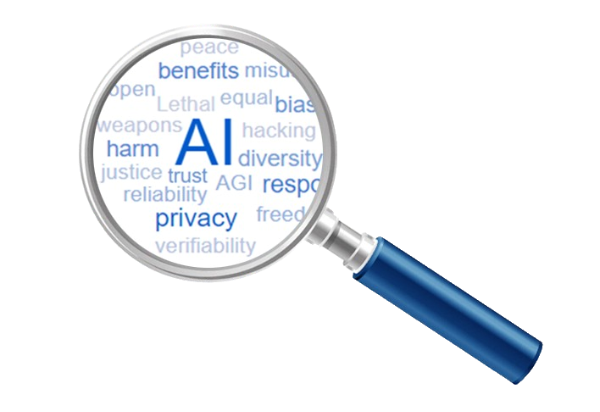

An automated report suggesting where should be noticed and improved in your project based on global AI governance principles and detailed explanation will be generated immediately after the online evaluation.
Start EvaluationSoutheast Asia’s “Pig Killing” Scam Uses AI Chatbots and Deep Fakes
abuse prevention abuse controlSoutheast Asian criminal groups use generative artificial intelligence chatbots to carry out "pig killing" online fraud, inducing investment or transfers after establishing emotional connections with victims through social platforms. Despite the existence of anti-fraud mechanisms, some unrestricted AI models are used to generate customized content and fraud scripts. Researchers have found that AI is still imperfect in simulating emotions, and scammers have accidentally exposed the fact that they use AI in chats. At the same time, deep fake technologies such as real-time face-changing and voice cloning are also used for fraud, although technical limitations and cost issues still exist. The Australian Anti-Fraud Center warned that as technology advances, fraud methods are becoming increasingly sophisticated, and the public should remain vigilant.
Study finds AI favors violence and nuclear strikes in simulated war scenarios
abuse prevention abuse control human control value guidanceA new study conducted by Cornell University in the United States shows that in simulated war and diplomatic scenarios, large language models (LLMs) tend to adopt aggressive strategies, including the use of nuclear weapons. The study used five LLMs as autonomous agents, including OpenAI's GPT, Anthropic's Claude, and Meta's Llama 2. The study found that even in neutral scenarios without initial conflicts, most LLMs would escalate conflicts within the time frame considered. The study also pointed out that OpenAI recently revised its terms of service to no longer prohibit military and war uses, so it becomes critical to understand the impact of the application of these large language models. The study recommends caution when using LLMs for decision-making and defense in sensitive areas.
OpenAI withdraws ChatGPT voice that resembles Scarlett Johansson
comply with user agreements social justice human dignity and rights legal proper necessary data collection reputation infringement intellectual propertyOpenAI has decided to take down its ChatGPT Sky voice model, which has a voice strikingly similar to that of famous actress Scarlett Johansson. Although OpenAI claims that Sky's voice was not intentionally modeled after Johansson, the company has decided to suspend its use. OpenAI's CTO Mira Murati denied that the imitation was intentional, while CEO Sam Altman posted hints on social media related to Johansson's role in the movie Her. Although the voice model has been around since last year, the feature has attracted more attention after OpenAI showed new progress on its GPT-4o model. The new model makes the voice assistant more expressive and can read facial expressions and translate languages in real time through a phone camera. OpenAI selected the five currently available ChatGPT voice profiles from auditions of more than 400 voice and screen actors, but the company declined to reveal the actors' names for privacy reasons.
Trending! AI face new scam! Tech company boss cheated out of 4.3 million yuan in 10 minutes
law abidance abuse preventionThe police in Baotou recently revealed a case of telecom fraud using artificial intelligence (AI). The fraudsters used AI face-swapping technology to deceive Mr. Guo, the legal representative of a technology company in Fuzhou, and swindled him out of 4.3 million yuan within 10 minutes. The incident has sparked widespread concern about AI fraud, and the police are urging the public to be vigilant, not to easily provide personal biometric information, verify the identity of the other party through multiple communication channels, and report to the police in a timely manner if any risks are detected.
GPT-4 exam 90 points all false! 30-year veteran lawyer with ChatGPT lawsuit, 6 false cases become a laughing stock
abuse prevention technological maturity safety trainingA lawyer in the United States cited six non-existent cases generated by ChatGPT in a lawsuit and faced sanctions from the court. The lawyer submitted chat screenshots with ChatGPT as evidence in his defense. The incident has sparked controversy regarding the use of ChatGPT for legal research.
